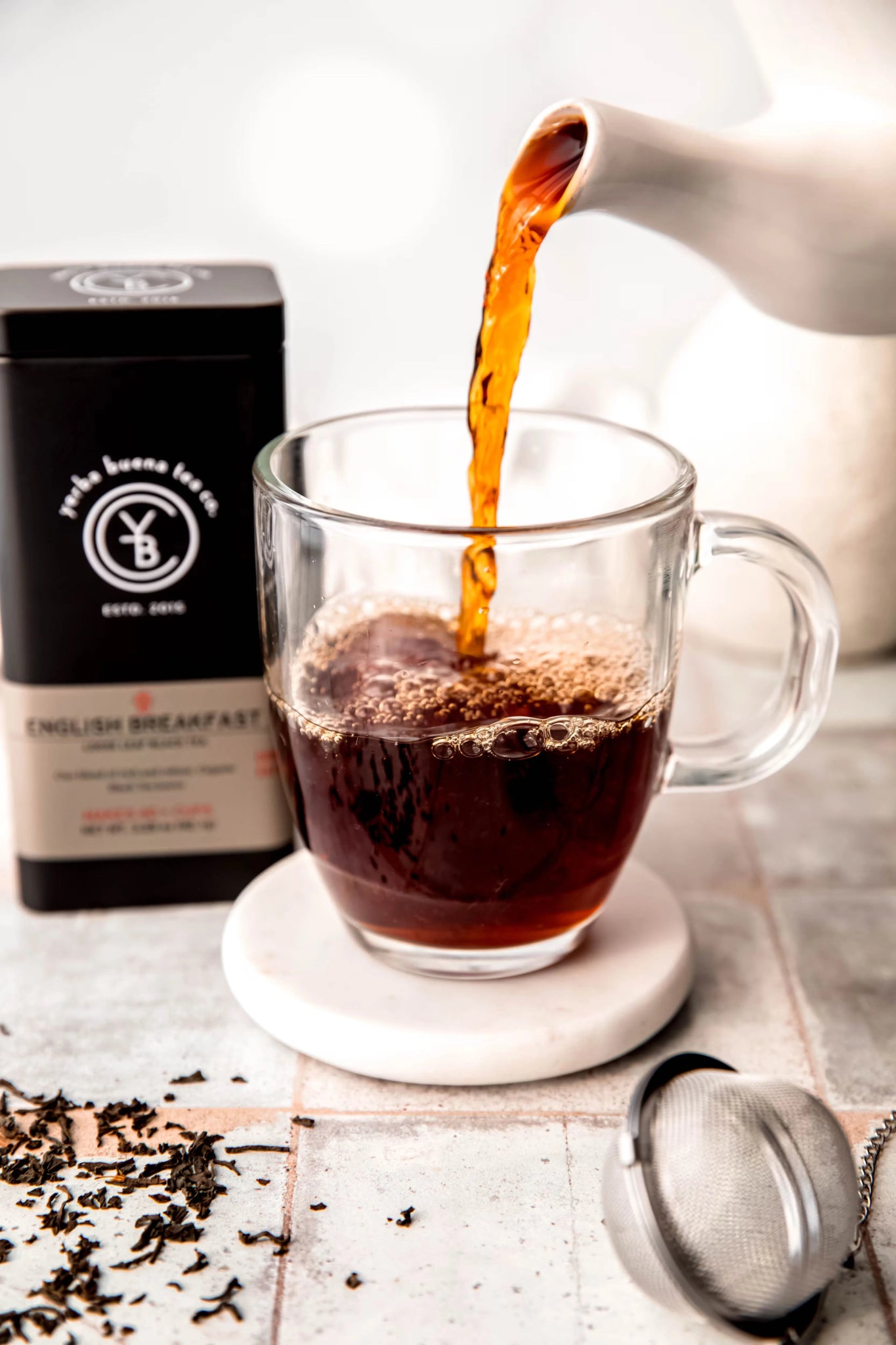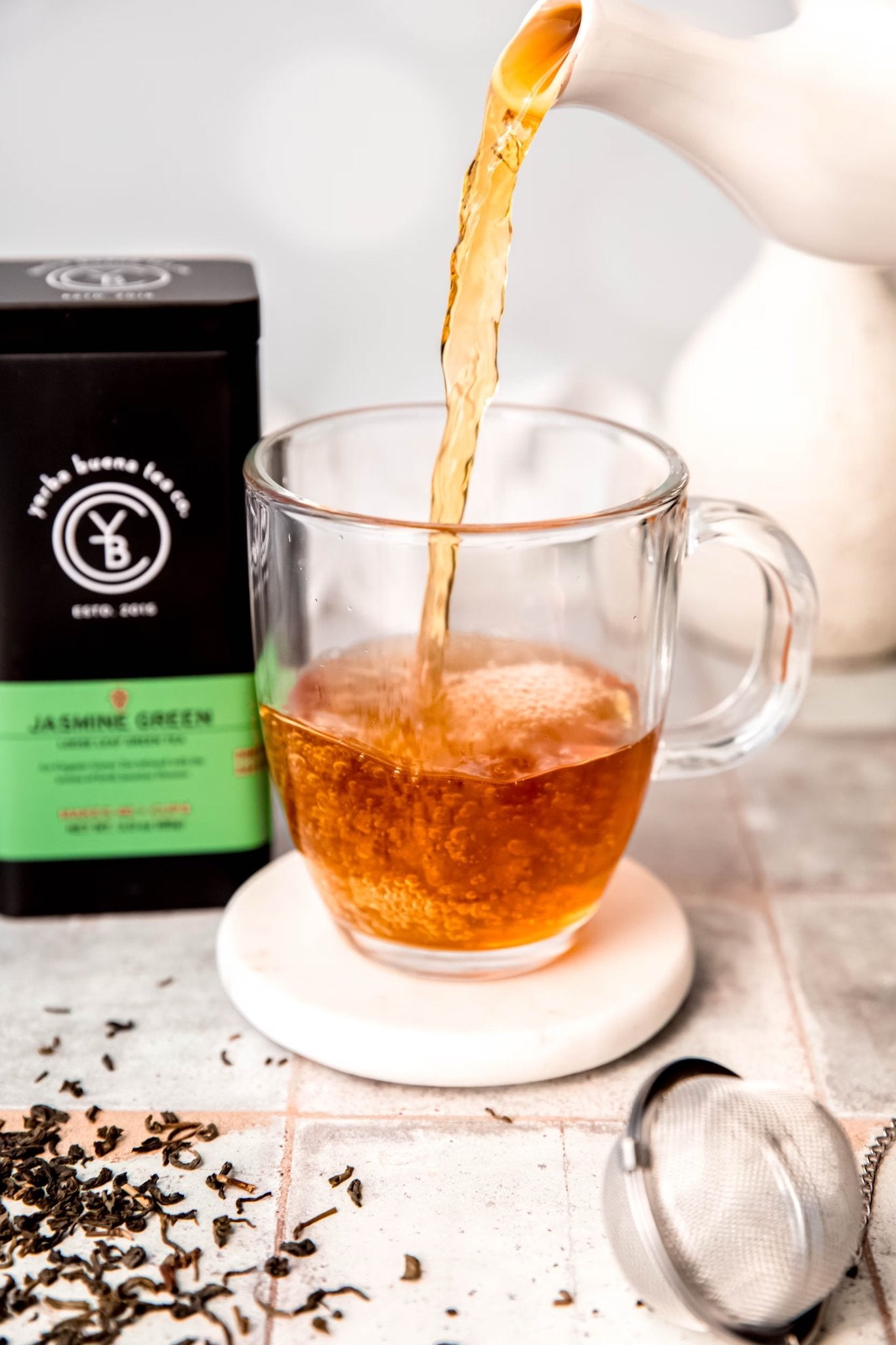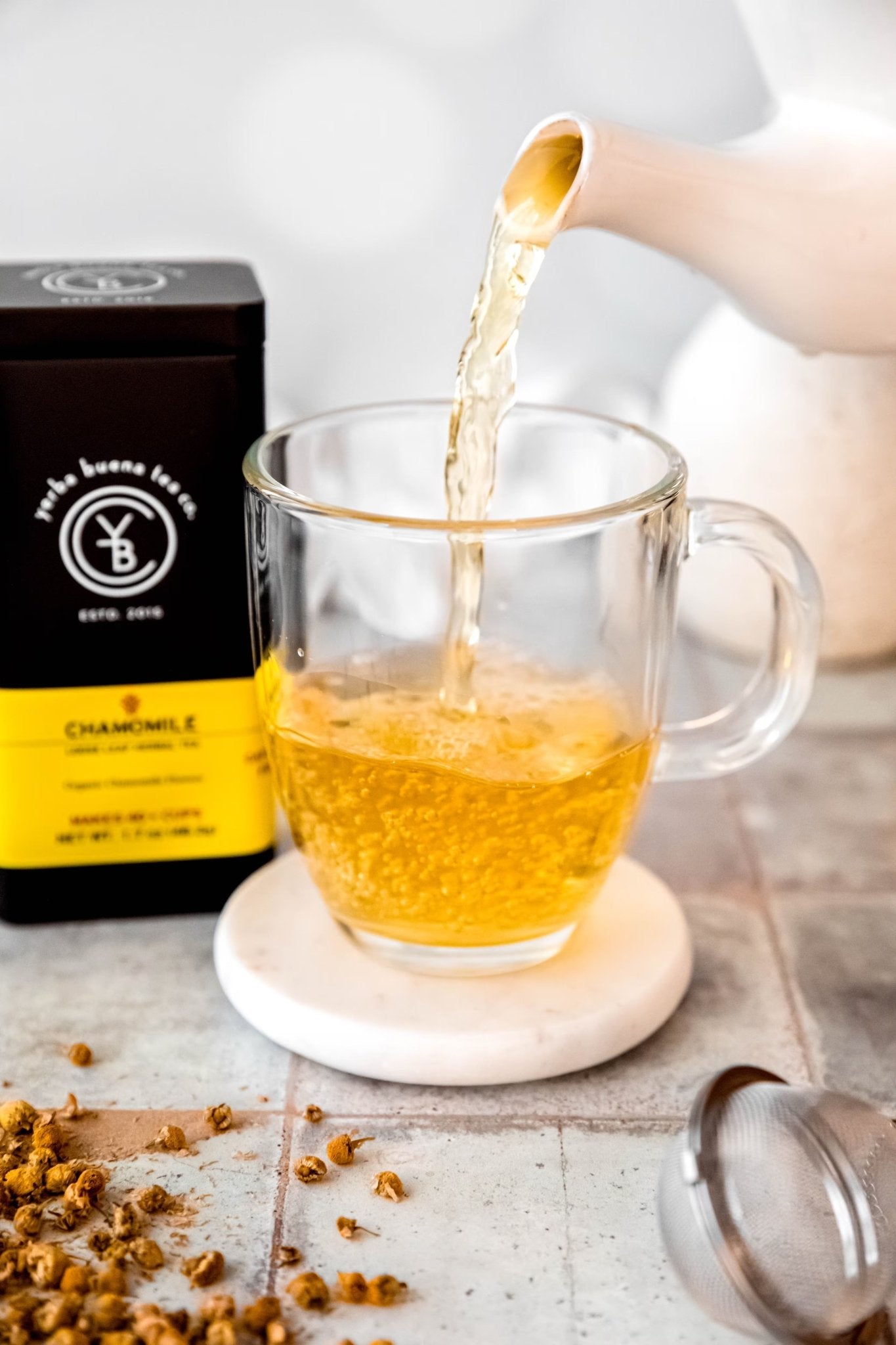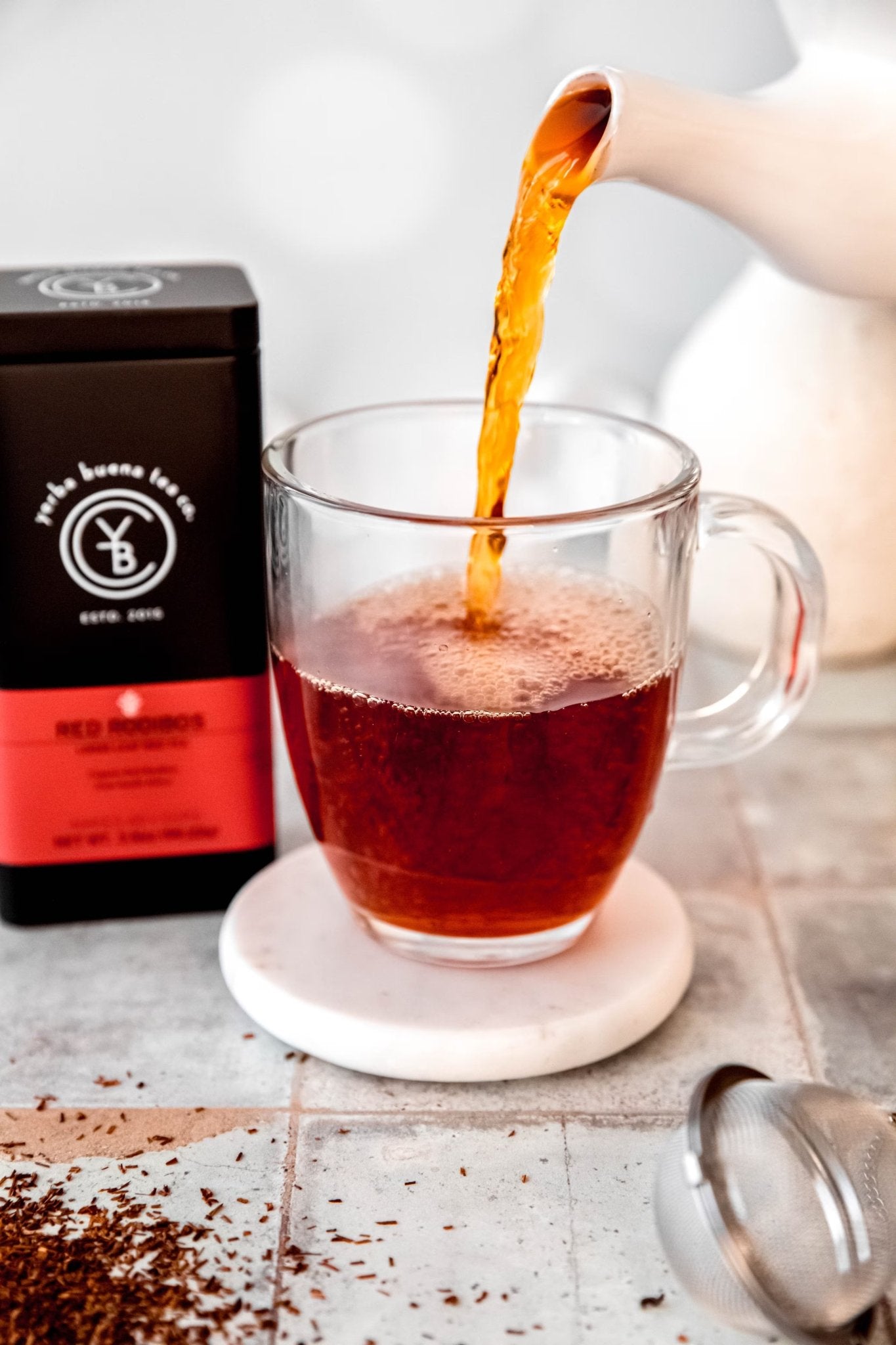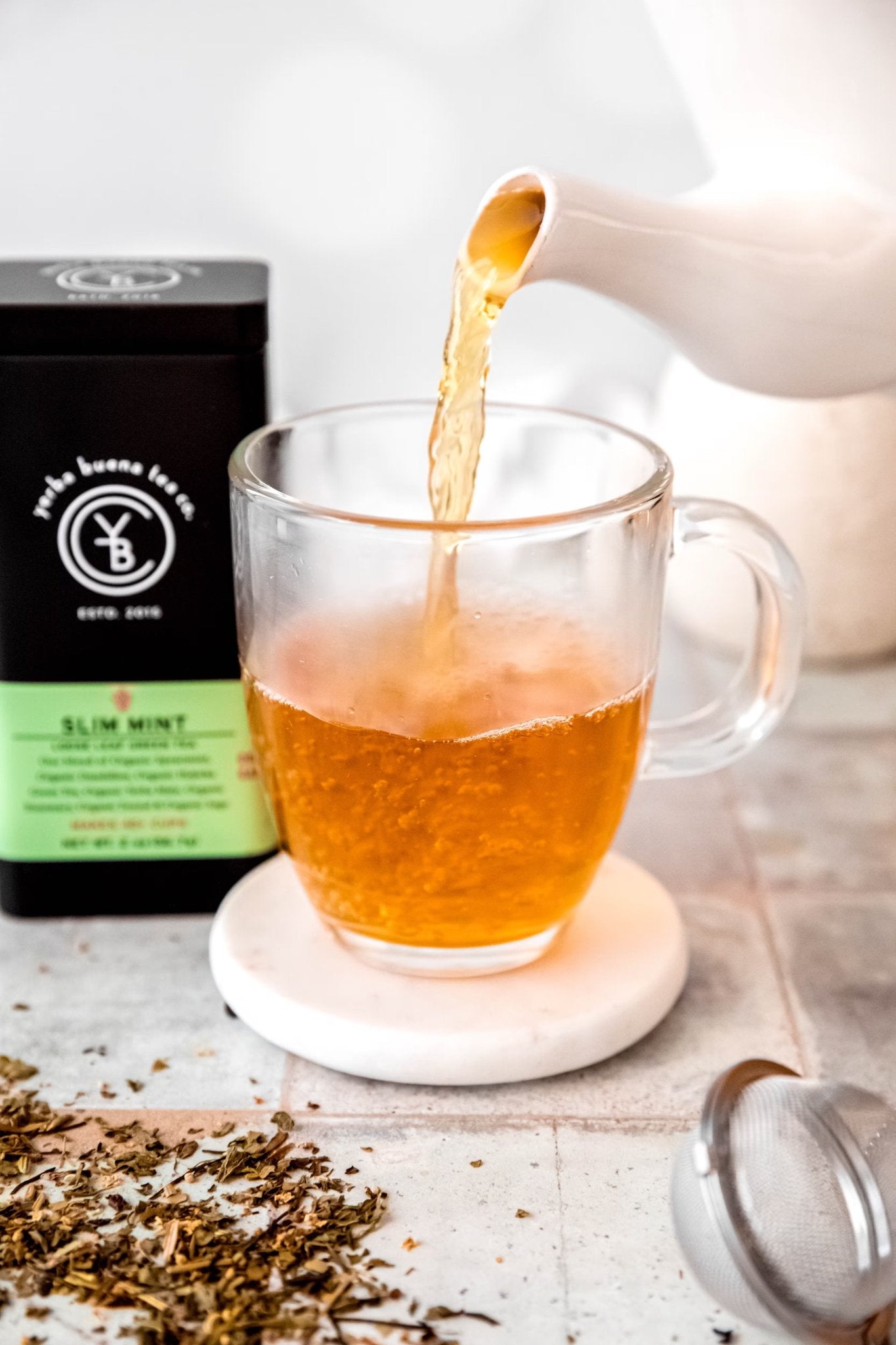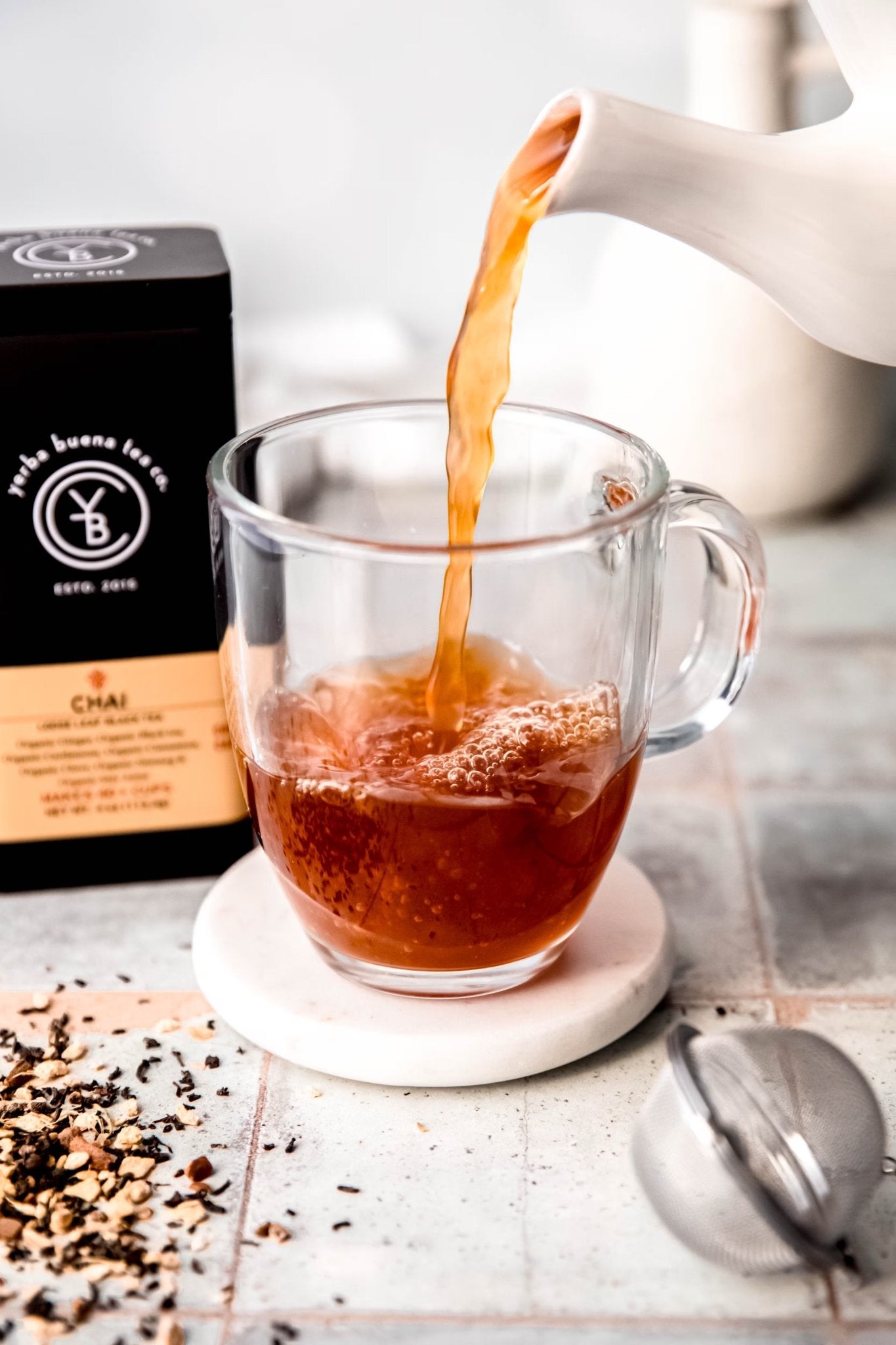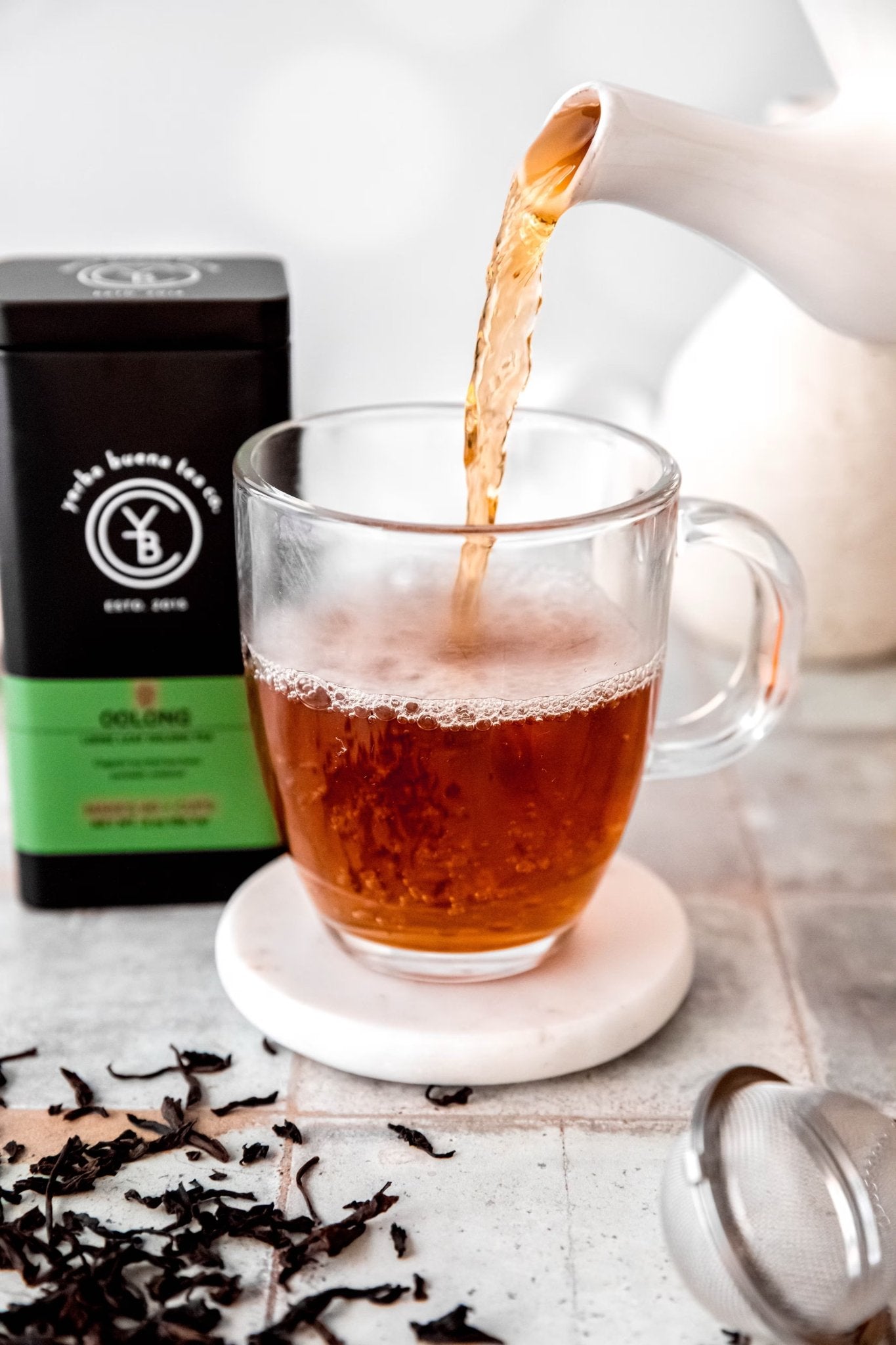The Six Families of Tea
Shop by Tea Type
Every tea in the world begins its journey from the same remarkable plant: Camellia sinensis.
It is the artistry and tradition applied after the harvest: the withering, rolling, oxidizing, and firing, that transforms the leaves into one of six distinct families. From the deep, robust character of Black Tea to the delicate, fresh notes of Green Tea, this is your gateway to exploring the foundational categories of the tea world. Discover the family that speaks to you.
Your questions about tea types, answered.
Understanding the world of tea is a rewarding journey. The primary difference between tea types comes down to oxidation, the process that changes the leaves' color and flavor. Below, we answer some of the most common questions to help guide you to the perfect cup for your palate.
Tea Basics & Recommendations
What is the difference between Black Tea and Green Tea?
Both come from the same plant, Camellia sinensis! The difference lies in oxidation. To make Black Tea, the leaves are allowed to fully oxidize, which develops their deep, dark color and robust, malty flavors. For Green Tea, the leaves are heated soon after harvest to prevent oxidation, preserving their fresh, grassy character and vibrant green color.
What is a Tisane?
A tisane (pronounced ti-ZAHN) is another name for what is commonly known as an herbal tea. Since they aren't made from the Camellia sinensis tea plant, they aren't technically "teas." Our Herbal Teas is a great place to explore these beautiful, caffeine-free infusions of flowers, fruits, spices, and roots.
I'm new to loose leaf tea. Where should I start?
Welcome! We recommend starting with a classic that is familiar and comforting. Our English Breakfast is a perfectly balanced black tea that's wonderful on its own or with milk. If you prefer something caffeine-free, our Chamomile is a timeless, soothing choice to begin your journey.
How much caffeine is in tea?
Caffeine content varies by tea type. Black Teas and Yerba Mate Teas generally have the most (about half the amount of a cup of coffee), followed by Oolong, Green, and White Teas with the least. Herbal Teas are naturally caffeine-free.
